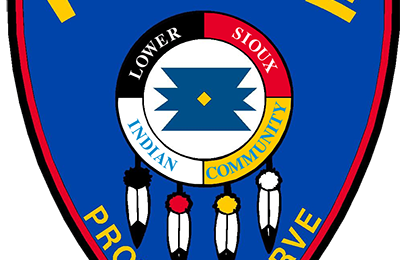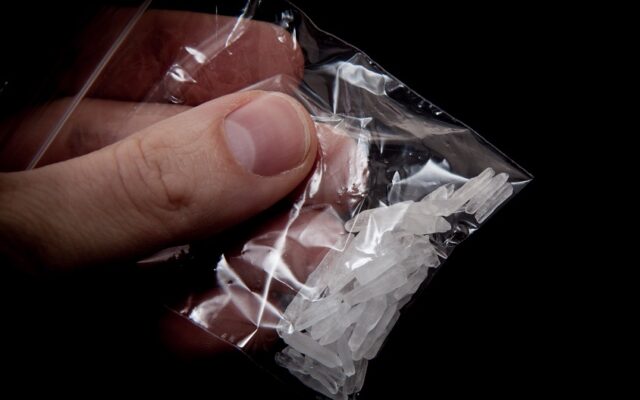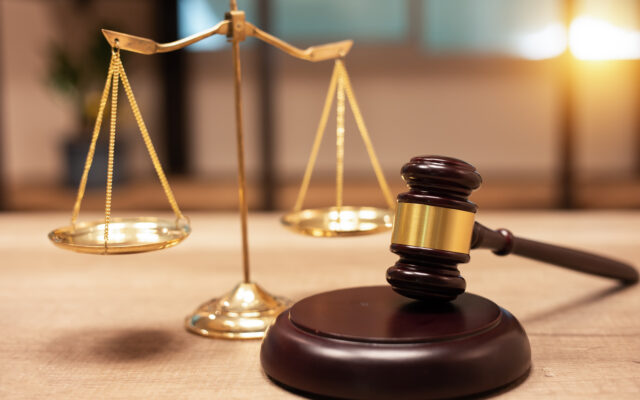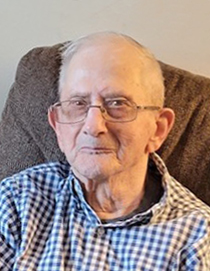KLGR Community Cafe: Darwin Melin, Chief of Police, Lower Sioux Tribal Law Enforcement
 It’s very much in the news these days that there are a wide variety of opinions and perceptions about law enforcement and its relationship with people of color. The murder of George Floyd, by a multi-racial team of police officers, has horrified well-meaning people all across the political spectrum. Some of the people most appalled by the murder are other law enforcement officers.
It’s very much in the news these days that there are a wide variety of opinions and perceptions about law enforcement and its relationship with people of color. The murder of George Floyd, by a multi-racial team of police officers, has horrified well-meaning people all across the political spectrum. Some of the people most appalled by the murder are other law enforcement officers.
Last week in Redwood Falls, around 500 people turned out for a march for justice. Unlike larger communities, where peaceful protests have sometimes turned violent, the march in Redwood Falls was peaceful. Partly this was because the organizers made it clear that people with agendas of their own would be made to leave. But partly it was because area law enforcement officers supported the march, and walked alongside other area residents.
Much of what we see in the news reflects what’s going on in urban areas. Journalists focus on showing us what’s going on in Minneapolis, or Chicago, or Washington DC, or New York, and rural communities get lost in the mix, if they’re noticed at all.
To get some local perspectives on the law enforcement and race in southwestern Minnesota, KLGR News Director Joshua Dixon spoke this week with Darwin Melin, Chief of Police at the Lower Sioux Tribal Law Enforcement Office; Robert Larsen, President of the Lower Sioux Community Council, and Jason Cotner, Redwood Falls Police Chief.
First, Lower Sioux Tribal Law Enforcement Police Chief Darwin Melin. He spoke of some of the challenges and opportunities of being a law enforcement agency created and operated by a Native American sovereign nation:







